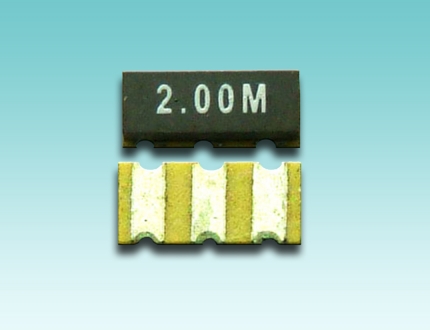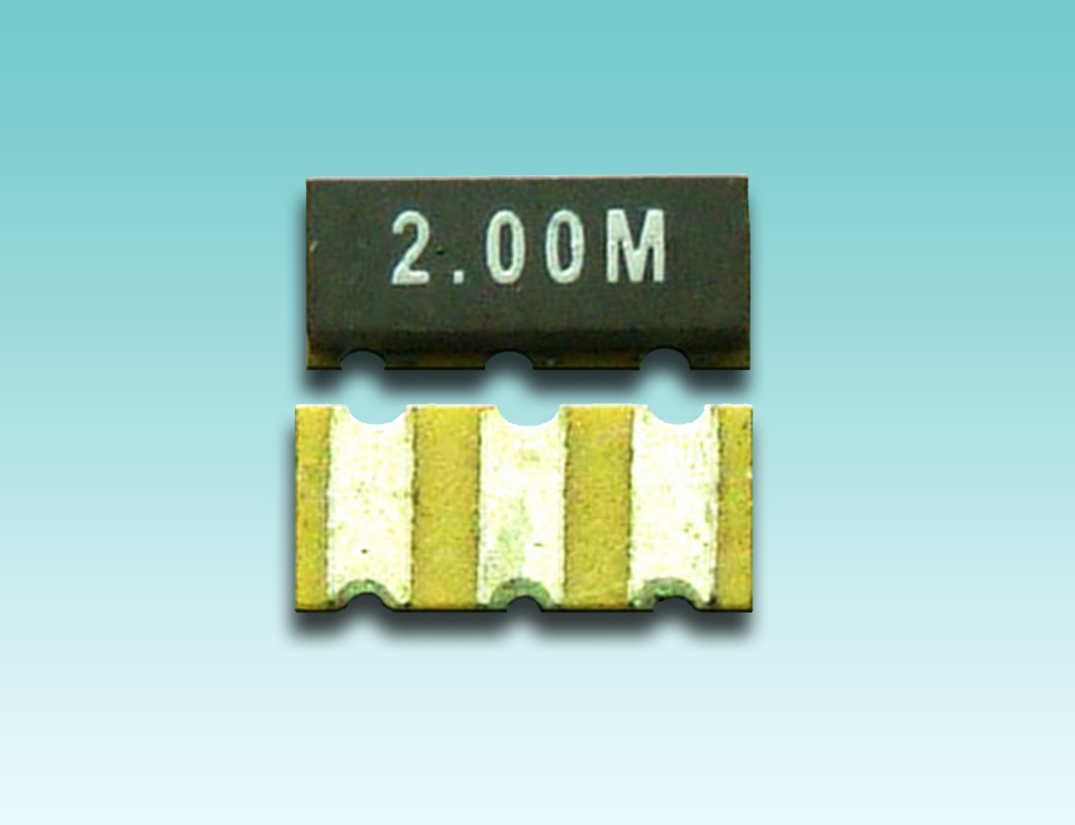SMD Type MHz Ceramic Resonators AGCR-SZTA,AGCR-SZTT
|
AGCR-SZTA CC / CS / CV MG / MT / MX |
Series of Ceramic Resonator |
2.00~50.00 MHz |
Electrical Characteristics:
|
Model |
Frequency Range (MHz) |
Frequency Accuracy |
Stability in Temperature |
Aging for Ten Years (%) |
|
SZTACC MG SZTTCC MG |
2.00~8.00 |
±0.5 |
±0.3 |
±0.3 |
|
SZTACS / CV MT SZTTCS / CV MT |
7.00~13.00 |
±0.5 |
±0.4 |
±0.3 |
|
SZTACS MG SZTTCS MG |
13.01~50.00 |
±0.5 |
±0.3 |
±0.3 |
|
SZTACV MG SZTTCV MG |
16.00~50.00 |
±0.5 |
±0.3 |
±0.3 |
Dimensions:

|
Model |
L |
W |
H |
P1 |
P2 |
T |
|
SZTA / SZTTCC MG |
7.4 ±0.2 |
3.4 ±0.2 |
1.8 ±0.2 |
1.2 ±0.2 |
1.2 ±0.2 |
2.5 ±0.2 |
|
SZTA / SZTTCS MT/MX |
4.7 ±0.2 |
4.1 ±0.2 |
(1.2+A) ±0.2 |
1.0 ±0.2 |
0.8 ±0.2 |
1.95 ±0.2 |
|
SZTA / SZTTCV MT/MX |
3.7 ±0.2 |
3.1 ±0.2 |
(1.0+A) ±0.2 |
0.9 ±0.2 |
0.7 ±0.2 |
1.6 ±0.2 |
Note:
1. A stands for thickness of the ceramic element, which varies with the frequency. The range of the thickness is 0.1 to 0.7 mm.
2. No middle terminal for ZTA series.
They are also likely to be found in timing circuitry for a wide array of applications such as TVs, VCRs, automotive electronic devices, telephones, copiers, cameras, voice synthesizers, communication equipment, remote controls and toys. A ceramic resonator is often used in place of quartz crystals as a reference clock or signal generator in electronic circuitry due to its low cost and smaller size.



